Imagine unlocking secrets to balance, harmony, and well-being in your life and others. Reiki energy healing is a powerful tool for this. But, where do you begin to perform a reiki healing session. You need a detailed guide to learn Reiki healing steps and understand the Reiki healing guide. This article will introduce you to Reiki energy healing, covering the basics and more. This guide will help you understand Reiki healing better. It’s perfect for beginners or experienced practitioners. You’ll learn how to master Reiki energy healing and improve your practice.
Key Takeaways
- Learn the basics of Reiki energy healing and how to perform a Reiki healing session
- Understand the importance of creating a healing environment for Reiki sessions
- Discover the key Reiki healing steps and how to incorporate them into your practice
- Explore the benefits of Reiki energy healing for promoting balance and harmony
- Get started with your own Reiki practice and learn how to perform Reiki healing on yourself and others
- Find out how to use Reiki healing guide to enhance your skills and knowledge
- Learn how to perform Reiki healing and take your practice to the next level with Reiki energy healing
Understanding the Foundations of Reiki Energy Healing
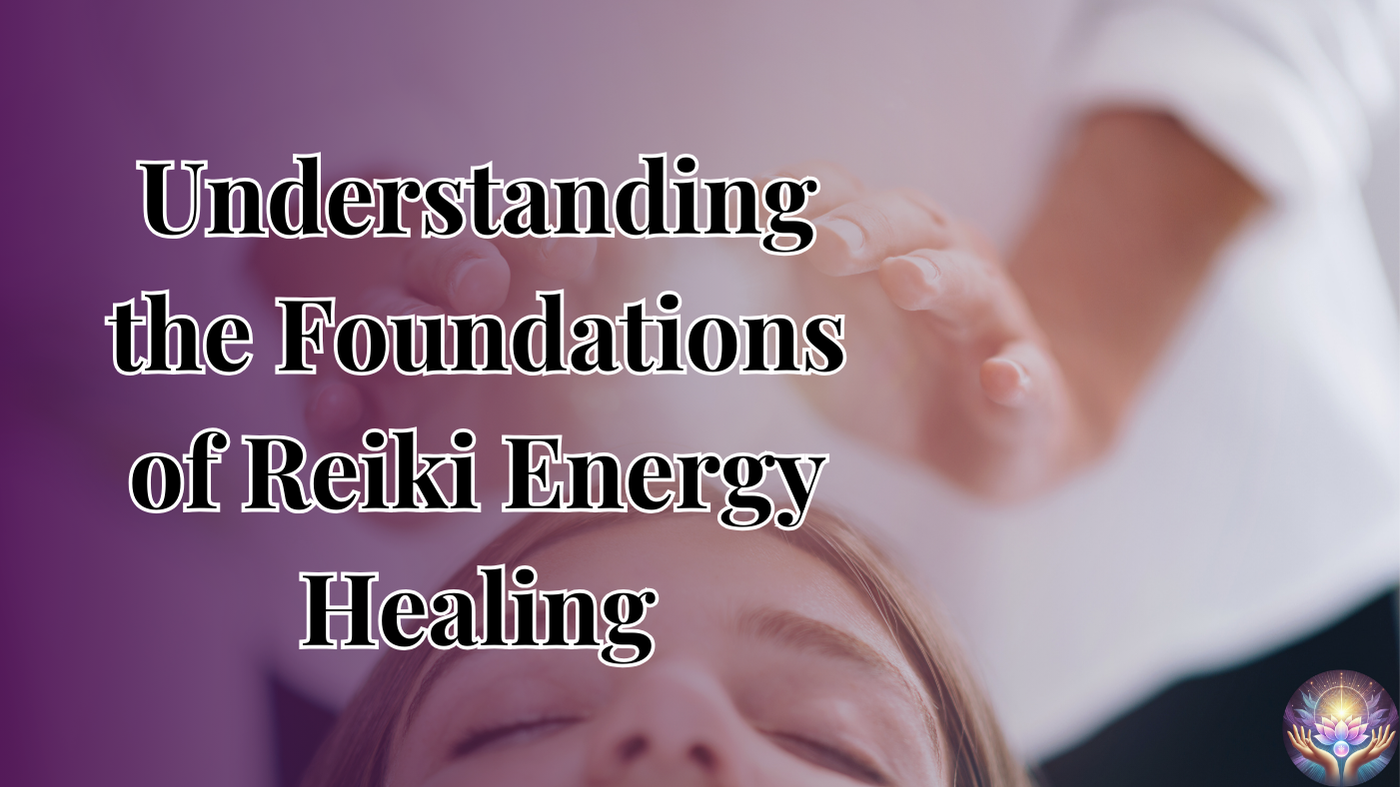
To truly appreciate Reiki, you must understand its basics. This includes its history, principles, and the concept of universal life energy. Knowing these helps you see how Reiki works and its benefits. If you want to learn Reiki, a beginner’s guide can introduce you to the healing process and techniques.
The History and Principles of Reiki
Reiki has a rich history. Its principles are based on universal life energy. This energy flows through all living things. Reiki practitioners aim to balance this energy for healing and well-being.
The healing process involves transferring energy from the practitioner’s hands to the recipient’s body. It can help with physical, emotional, and spiritual issues.
How Reiki Energy Works
Reiki energy balances the body’s energy fields. It promotes relaxation and reduces stress and anxiety. There are different techniques, like hands-on healing, distance healing, and self-healing.
By learning Reiki, you can understand the healing process better. This knowledge helps you use Reiki in your daily life.
The Five Reiki Principles
The five Reiki principles are a moral code for practitioners. They guide their actions and intentions. These principles are:
- Just for today, I will let go of anger
- Just for today, I will let go of worry
- Just for today, I will be grateful
- Just for today, I will do my work honestly
- Just for today, I will be kind to all living things
By following these principles, Reiki practitioners cultivate compassion, empathy, and understanding. These qualities are key for effective Reiki healing.
Essential Preparations Before you perform a reiki healing session
To get the most out of Reiki healing benefits, you need to prepare well before the session. This means setting intentions, making the space right, and knowing the roles of the practitioner and you. Reiki hand positions are key in directing energy. Knowing how to use them can make the session more effective.
Before your Reiki session, consider these steps:
- Set clear intentions for what you hope to get from the session
- Make the space calm and peaceful to help you relax
- Learn about energy healing methods and how they work
A well-prepared Reiki session can be more meaningful and effective. It lets you fully enjoy the Reiki healing benefits. By preparing and understanding the process, you can improve your practice and well-being.
For a successful Reiki session, come with an open mind and a readiness to release tension. This way, you can let the energy healing methods work in your body. They help bring balance, harmony, and relaxation.
Creating the Perfect Healing Environment

To practice Reiki at home, you need a peaceful and calming space. This setting is key for a successful Reiki session. A quiet, clutter-free area helps reduce stress and promotes relaxation.
Setting up your space for Reiki is important. Think about the seating, lighting, and temperature. These factors greatly affect the mood of your space. A calm environment is essential for a good Reiki session.
- Keep it quiet and free from distractions.
- Use soft, warm lighting.
- Ensure the temperature is comfortable.
- Add calming scents like lavender or chamomile.
By focusing on these details, you can make a space that aids in healing. This will enhance your Reiki practice at home, bringing more calm and well-being.
Steps for Reiki Healing: A Complete Process Guide
To do a Reiki healing session, you need to follow some steps. This guide will show you how, from start to finish. First, make a calm space without distractions. This helps you focus on the Reiki energy.
Next, calm yourself with meditation or deep breathing. This connects you to the Reiki energy. Then, put your hands on the person’s body, starting at the head and going down to the toes. As you move, send the Reiki energy into each spot.
Some important spots to touch in your Reiki session are:
- The crown of the head, to connect with the recipient’s higher self
- The heart, to promote emotional healing and balance
- The solar plexus, to support personal power and self-esteem
Trust the Reiki energy and let it flow through you. Don’t try to control it. With time and practice, you’ll get better at Reiki healing and find your own way.
By following these steps and sticking to Reiki’s principles, you’ll offer a caring and supportive experience. This guide is for both new and experienced practitioners. It will help you improve your skills and understand Reiki better.
| Step | Description |
|---|---|
| 1. Preparation | Create a peaceful environment and center yourself |
| 2. Hand Positions | Place your hands on the recipient’s body, starting at the crown of the head |
| 3. Channeling Reiki Energy | Focus on channeling the Reiki energy into each position |
Essential Hand Positions in Reiki Practice
Reiki hand positions are key to perform a reiki healing session. They guide how energy flows during a healing session. To get good at Reiki, knowing these positions is crucial. They help balance the body’s energy, leading to relaxation, stress reduction, and better well-being.
Some important Reiki hand positions include:
- Head and neck positions, which help to calm the mind and relieve tension
- Torso and abdomen positions, which focus on the body’s energy centers and promote balance and harmony
- Lower body positions, which target the root chakra and help to ground and center the individual
Using these hand positions with energy healing methods makes for a strong healing session. Techniques like symbols and breathwork can also boost energy flow and relaxation.
As you learn more about Reiki hand positions and energy healing, you’ll grow more confident. Always trust your intuition and let the energy flow naturally. With time and effort, you’ll become a skilled Reiki practitioner, ready to help others.
| Hand Position | Purpose |
|---|---|
| Head and Neck | To calm the mind and relieve tension |
| Torso and Abdomen | To balance and align the body’s energy centers |
| Lower Body | To ground and center the individual |
How to Channel and Direct Reiki Energy
To perform a reiki healing session perfectly, you need to grasp the basics of intention and the role of the practitioner. When doing a Reiki healing session, setting a clear intention is key. This means focusing on your breath, calming your mind, and finding your center.
Simple techniques for Reiki healing include visualization, meditation, and breathwork. These help you connect with the energy. By learning these steps, you can better understand and work with the energy. Here are some important points to remember:
- Set a clear intention to connect with the Reiki energy
- Center yourself through breathwork and meditation
- Use visualization techniques to direct the energy
By using these techniques, you can improve your Reiki practice and get better results. Always trust in the Reiki energy’s wisdom and let it guide you.
Reiki is a powerful tool for healing and growth, and by learning how to channel and direct the energy, you can deepen your practice and achieve greater results.
| Technique | Description |
|---|---|
| Visualization | Using the power of the mind to direct the Reiki energy |
| Meditation | Calming the mind and centering oneself to connect with the energy |
| Breathwork | Using the breath to calm the mind and center the body |
Understanding Energy Flow and Chakra Connection
In a Reiki healing session for beginners, knowing how energy flows in the body is key. It’s also important to understand the chakra system. This knowledge helps tailor Reiki to meet specific needs and promote healing. It also helps improve emotional balance.
The seven major chakras play a big role in keeping the body balanced and harmonious. Each chakra has its own role:
- Root Chakra: associated with feelings of safety and grounding
- Sacral Chakra: connected to creativity and emotions
- Solar Plexus Chakra: linked to personal power and self-esteem
- Heart Chakra: associated with love and compassion
- Throat Chakra: related to communication and self-expression
- Third Eye Chakra: connected to intuition and insight
- Crown Chakra: associated with spiritual connection and higher consciousness
Knowing the chakra system and how to find energy blockages is crucial. Reiki practitioners can then use this knowledge to balance chakras and improve energy flow. This is essential for a successful Reiki session and for emotional balance.
Using the best practices for Reiki energy flow can lead to many benefits. These include less stress, better emotional balance, and overall well-being. As they continue their Reiki journey, they can get better at it and understand the connection between energy flow and chakras more deeply.
Self-Protection and Energy Clearing for Practitioners
As a Reiki practitioner, keeping yourself safe and clear is key. This helps you stay well and do your best work. By using Reiki every day, you get better at helping others heal. It’s important to know how to keep negative energies away.
There are many ways to protect yourself, like grounding techniques and cleansing your energy field. These can be used with other healing methods. This makes a strong plan for keeping yourself safe and clear.
Grounding Techniques
- Deep breathing exercises
- Physical activity, such as walking or yoga
- Meditation and visualization
Cleansing Your Energy Field
To clean your energy field, you can try smudging, sound healing, or Reiki treatments. Using these methods daily keeps your energy balanced. This is crucial for safe and effective Reiki practice.
By focusing on self-protection and energy clearing, you improve your Reiki work. This makes a safe space for your clients. Always use the right energy healing methods and techniques to practice Reiki safely.
| Technique | Benefits |
|---|---|
| Grounding Techniques | Reduces stress and anxiety, improves focus and concentration |
| Cleansing Your Energy Field | Removes negative energies, promotes emotional balance and well-being |
Common Challenges in Performing Reiki Healing
As a Reiki practitioner, you might face many challenges. One big one is dealing with skepticism from yourself or your clients. To beat this, knowing the steps and principles of Reiki is key.
A good Reiki healing session guide can help you through the process. But, you might still struggle with energy drain or keeping up a regular practice. To overcome these, you need patience, dedication, and a willingness to learn and grow.
Some common challenges include:
- Managing energy levels to avoid exhaustion
- Creating a conducive environment for healing
- Developing a consistent practice routine
- Addressing skepticism or doubts from clients or oneself
By facing and solving these challenges, you can improve your Reiki skills. This will help you give better healing sessions and grow your practice.
The secret to beating Reiki challenges is to stay open-minded and committed to learning. This way, you can fully use Reiki’s power to help yourself and others.
| Challenge | Solution |
|---|---|
| Energy drain | Practice self-care and energy replenishment techniques |
| Skepticism | Education and open communication with clients |
| Inconsistent practice | Establish a regular practice routine and schedule |
Incorporating Advanced Reiki Techniques
As you grow in your Reiki journey, you might be interested in advanced Reiki techniques. These can boost your healing skills. One such method is distance Reiki healing, which lets you send energy to people or groups far away. It’s great for those who can’t get in-person treatments.
Another important part of advanced Reiki is using Reiki symbols. These symbols help you focus and direct energy. They make your healing sessions more powerful and targeted. By using these symbols, you can improve your energy sensing and healing abilities.
- Enhanced energy scanning to identify areas of imbalance or blockage
- Working with Reiki symbols to amplify and focus energy
- Distance Reiki healing to send energy across physical distances
Adding these advanced techniques to your practice can make you a better healer. You can help more people, whether it’s one-on-one or in groups. Advanced Reiki techniques help you get better at sensing and directing energy, leading to deeper healing.
Conclusion: Your Journey as a Reiki Healer
As you finish this guide, think about the Reiki healing journey you’ve started. Becoming a Reiki practitioner is a lifelong journey. It’s filled with growth, spiritual exploration, and helping others.
Your Reiki practice is more than just techniques. It’s a way of life based on harmony, compassion, and self-care. Keep learning and discovering more about Reiki. Seek advice from experts, go to workshops, and learn new Reiki techniques.
Don’t forget to practice Reiki on yourself. Regular self-treatments will help you connect with energy, improve your intuition, and be a better healer. May your journey as a Reiki healer bring you joy, fulfillment, and purpose.
FAQ
What is Reiki and how does it work?
Reiki is a healing method from Japan. Practitioners use their hands to send universal life energy, called “Reiki.” This energy helps balance and heal the mind, body, and spirit of the person receiving it.
What are the benefits of Reiki healing?
Reiki can help in many ways. It reduces stress, relieves pain, improves sleep, and boosts emotional health. It also supports the body’s natural healing process.
How do I prepare for a Reiki healing session?
To get ready for Reiki, set an intention and create a calm space. Wear comfy clothes. Avoid eating heavy or stimulating foods before the session.
What happens during a Reiki healing session?
In a Reiki session, the practitioner places their hands on or near you. They send Reiki energy to help you relax and heal. You might feel warmth, tingling, or deep relaxation.
Can I practice Reiki at home?
Yes, you can practice Reiki at home. After learning the basics, you can do self-Reiki or give it to others. Having a special space and following the right steps can enhance your experience.
How reiki works?
How do I become a Reiki practitioner?
To become a Reiki practitioner, you need training and attunement. This is usually done through a Reiki master or school. You’ll learn Reiki principles, hand positions, and techniques. The attunement process activates your Reiki abilities.
Can Reiki be used to treat specific health conditions?
Reiki is not a replacement for medical care. But, it can be used alongside medical treatment. It may help with chronic pain, anxiety, depression, and physical issues. Always talk to a healthcare provider before using Reiki for treatment.
How often should I receive Reiki treatments?
How often you get Reiki depends on your needs and goals. Some like it weekly or monthly, while others get it as needed. Find a schedule that suits you best.
Can Reiki be used for emotional healing?
Yes, Reiki can help with emotional healing. It relaxes, reduces stress, and balances energy centers. This can help with emotional issues, self-awareness, and inner peace.
What are some common challenges in Reiki practice?
Challenges in Reiki include managing energy drain and dealing with skepticism. You might also face physical or emotional blocks. Self-care, education, and support can help overcome these challenges and deepen your Reiki practice.
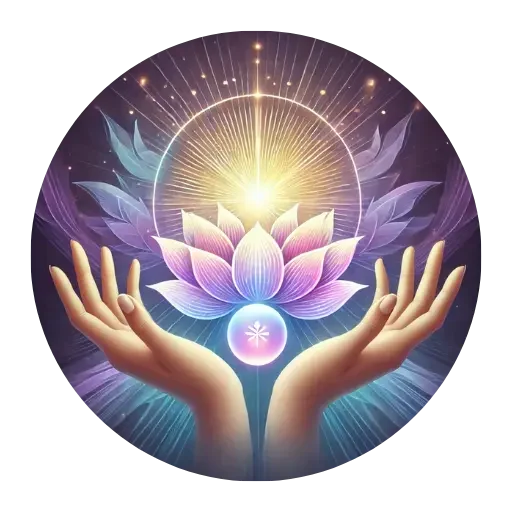
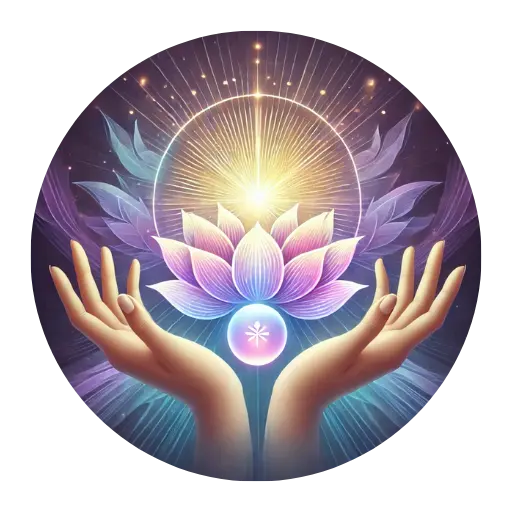
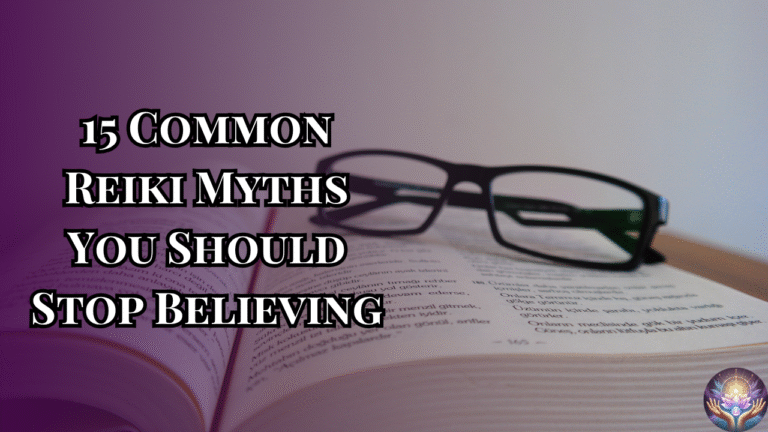

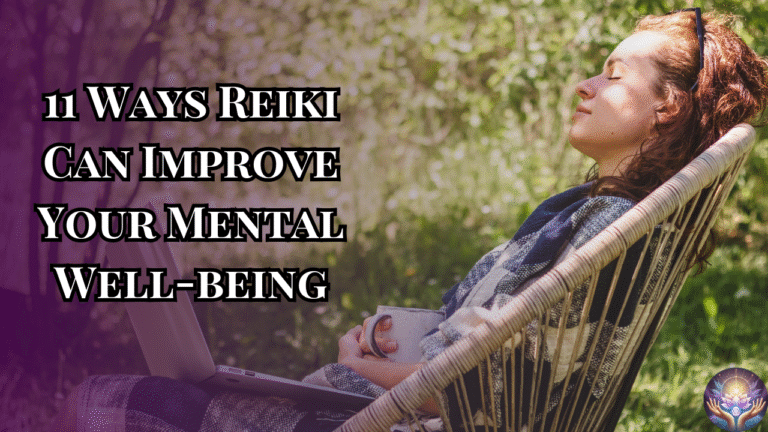


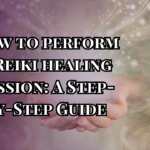

[…] from anxiety or illness? You’re not alone. There are many like you out there. See, how animal Reiki could offer a soothing solution. In this blog, we explore the powerful benefits of animal […]